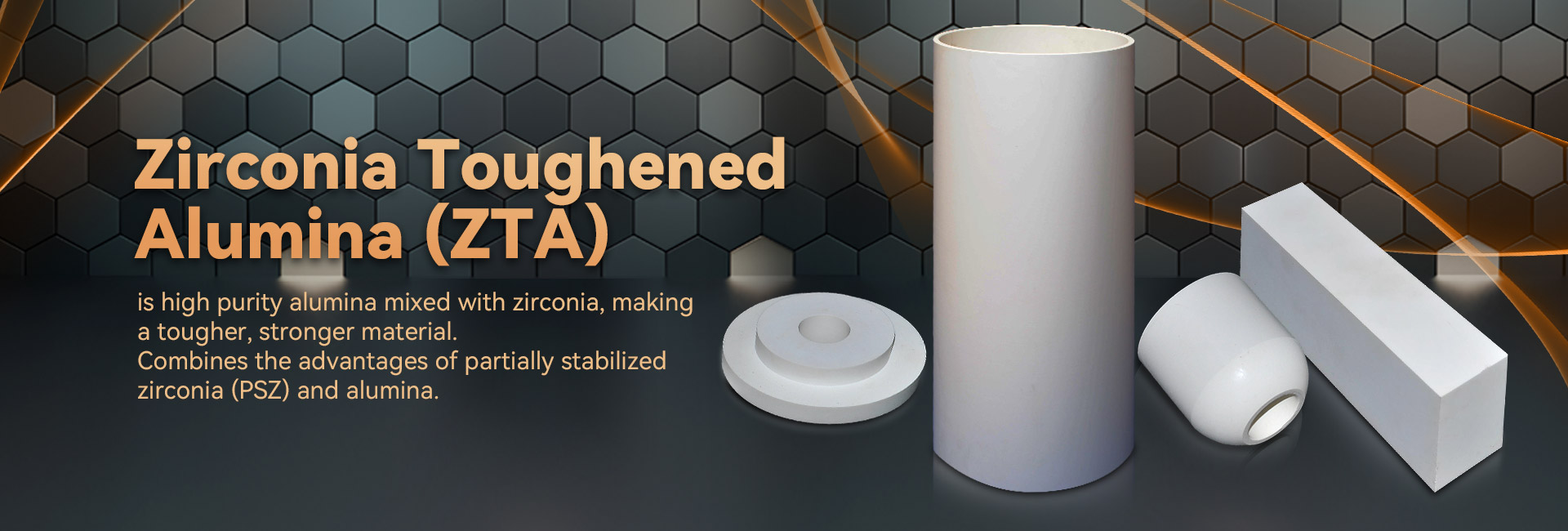
Specialized ceramic boast outstanding morphological qualities, rendering them perfect for a inclusive collection of implementations. Originating from aerospace and automotive to technological devices, these elements are regularly growing to comply with the criteria of a leading-edge context.
- Their resilience and tolerance to harsh conditions make them essential for premium systems.
- Also, technical ceramics deliver edges in terms of strength, advancing the growth of leading-edge processes.
Engineering Porcelains: Developed for Exceptional Operation
Crafted ceramics shine in challenging deployments due to their extraordinary properties. Built from carefully picked raw substances and subjected to stringent processing systems, these progressive products present top-notch hardness, oxidation resistance, and endurance to drastic heat, deterioration, and friction. From aeronautics elements to cutting tools, industrial ceramics furnish superior output across multiple specialties. Their malleability allows surviving demanding locales, assuring continuance and stability. As improvement progresses, the demand for state-of-the-art elements grows, cementing the dominant stance of industrial ceramics in shaping a thriving era.
Advanced Ceramics: Extending Material Confines
Ceramics, revealing unique robustness and endurance, are undergoing a upheaval. Innovative ceramics, engineered with scrupulous control over their configuration and minutiae, exceeding the thresholds of that which is doable. These materials demonstrate a vast assortment of traits, making them advantageous for stringent territories such as flight, medical domain, and energy. From lightweight parts that resist extreme climatic environments to bioinert implants that merge effortlessly with the physical form, advanced ceramics are changing our environment.
Fine Ceramic Crafting: Handling Specialized Requirements
Functional ceramic fabrication has evolved substantially in recent eras, empowering the design of sophisticated and highly efficient ceramic parts. These pieces are important across a inclusive range of sectors, including flight, therapeutic, and tech domains. Fulfilling the demanding requirements for these uses calls for fine fabrication strategies that maintain dimensional accuracy, surface polish, and material traits. Leading ceramic fabrication processes adopt multiple methods, including slip casting, injection molding, and additive manufacturing. These approaches make possible the manufacture of fine configurations and delicate facets with exceptional reliability. Furthermore, advances in material engineering have led to new ceramic formulations endowed with strengthened aspects. These materials maintain increased strength, survival, and tolerance to harsh energy conditions, making possible their use in specialized sectors.
The future for exact ceramic fabrication are considerable. As studies and refinement go forward, we can await even more complex techniques and compounds that will moreover extend the boundaries of what is achievable in this domain.
High-Strength Ceramic Products for Tough Circumstances
Functional ceramic elements possess extraordinary strength and tolerance against harsh realms, making them recommended for challenging purposes in orbital territories. These advanced ceramics can withstand excessive temperature-related loads, resist wear, and maintain their effectiveness under extreme stress impacts. Their distinctive lattice characteristics permit dependable output in harsh placements, including fireplaces, turbines, and reactor cores.
- Engineered ceramic blends
- Thermal endurance
- Enhanced efficiency
Hybrid Materials: Fusing Strength and Capability
Ceramic composites deliver a strong mix of mechanical resilience and distinct particular traits. Through the merging of ceramic bits within a binder, these alloys achieve impressive efficiency. This fusion results in heightened tolerance against high temperature stress, wearing, and chemical degradation, rendering them suitable for challenging applications in astronautics, motor industry, and energy sector industries. Furthermore, ceramic composites are adapted to possess specialized properties like electrical conductivity or biocompatibility, enhancing their scope across diverse sections.
Detailed Regulation in Innovative Ceramics
Reaching desired characteristics in state-of-the-art ceramics commonly requires meticulous direction over their microarchitecture. Numerous engineering elements, including sintering temperature, length, and atmosphere, alongside the mixing of dopants or supporting phases, importantly shape the configuration of grains, permeability, and other microstructural features. Exact tailoring of these settings allows for the improvement of toughness, rupture resistance, and heat conductivity. Specifically, increasing the sintering temperature can foster grain extension, thus increasing thickness and improving mechanical load-bearing capacity. Conversely, controlling the firing atmosphere may modify the oxidation state of the ceramic, thereby influencing its electrical resistance or magnetic traits. Realizing these relationships between microstructure and properties is fundamental for creating advanced ceramics with fine-tuned capabilities suitable for diverse applications.
Wear-Resistant Ceramics: Increasing Longevity
Throughout heavy-duty manufacturing industries, where segments are forced to constant grinding and breakdown, substances with notable endurance are essentially required. Wear-resistant ceramics have materialized as a premier answer, delivering unparalleled strength and effectiveness in varied realms such as assembly, mining, and aerospace. These modern ceramics possess a rare internal formation that builds up their capability to fight abrasion. By employing the inherent durability and compactness of ceramic structures, engineers can fashion tough elements capable of withstanding the most severe operating situations.
Bio-Inert Products: Uses in Biomedical Field
Health-safe ceramics have reshaped the medicine field, furnishing an array of valuable peculiarities for multiple assignments. These materials are non-toxic within the tissue, minimizing inflammatory responses and facilitating wound closure. A prime role for biocompatible ceramics is in joint prostheses, where their rigidity sustains long-lasting support to damaged muscle.
Over and above, they are leveraged in dentistry, conveying a sturdy and beautiful solution for dental implants. Ceramics also assume a key duty in drug administration, supporting the accurate release of agents to specific zones within the organism.
- Besides, biocompatible ceramics are increasingly being probed for biomaterials development, serving as a backbone for cell growth.
- As a result, the horizon of biocompatible ceramics in therapeutics looks bright, with continual advancements expanding their possibilities.
Advanced Ceramic Sensors: Boosting Reliable Evaluations
Sensitive ceramic devices have materialized as fundamental parts across a multifaceted array of arenas. These instruments use the alumina bar special traits of ceramic coatings to deliver highly exact calculations. Their hardiness in {demanding|harsh| 